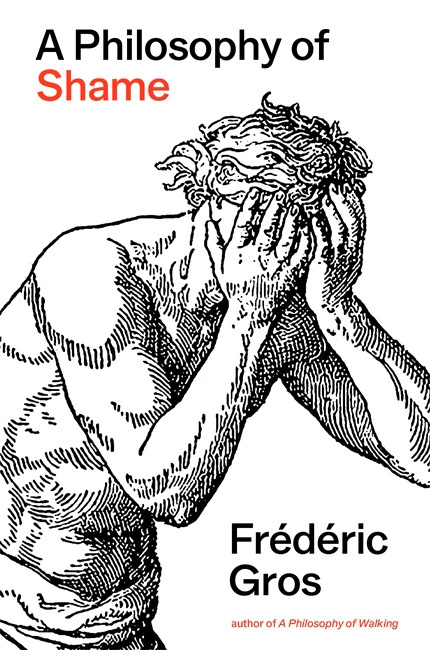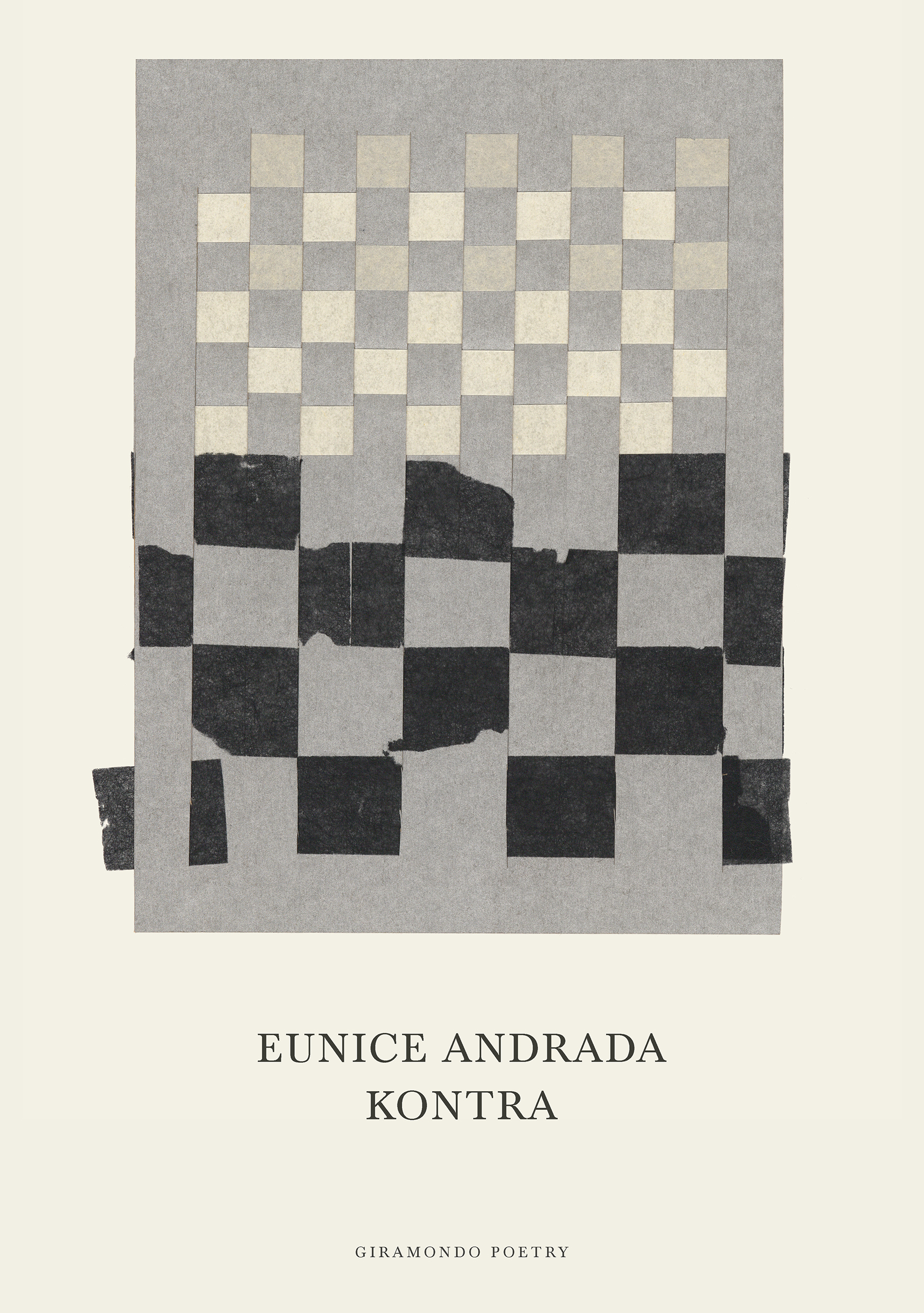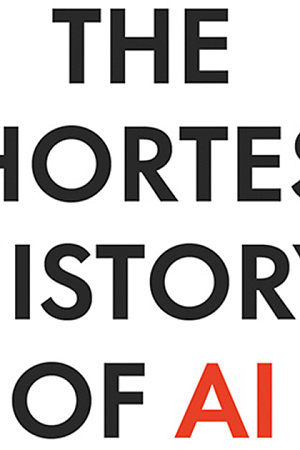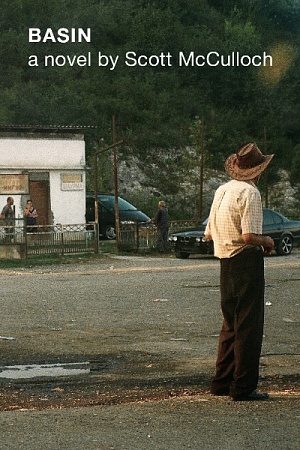Anam
Hamish Hamilton, $32.99 pb, 344 pp
Beyond before
André Dao’s début novel, Anam, deals in the inconsistencies of memory and perception. It is narrated by a writer, a lawyer, an immigrant, a student, a partner, a son, a parent, a grandparent, and many ghosts, yet the motor of the story is Dao’s grandfather, who was sentenced, without charge or trial, to ten years’ imprisonment as a political detainee in the infamous Chi Hoa prison in Vietnam.
Incarcerated by the communist regime for being a Catholic intellectual, the grandfather converses with ghosts inside the prison. They speak of working in hordes, from sunrise to sundown, singing songs as they tap trees for rubber. ‘The sour ghost’s singing voice was not a strong one, but still, my grandfather said, I could imagine them among those trees, a choir of the living dead.’ The ghosts and spectres that populate Anam are as tangible as any living character appearing throughout. Unearthing their marks, the narrator’s tides of memory become a surge of contradictory forces and apparitions, becoming a chain of portraits of various psyches. Simultaneously, the grandfather’s quarters in 6, Section FG, Chi Hoa – likened to both the panopticon as well as the I Ching – also becomes a cell within the larger narrative, which in turn becomes a memory, and this memory becomes a sensory organ of its own, creating what it perceives.
Continue reading for only $10 per month. Subscribe and gain full access to Australian Book Review. Already a subscriber? Sign in. If you need assistance, feel free to contact us.












Leave a comment
If you are an ABR subscriber, you will need to sign in to post a comment.
If you have forgotten your sign in details, or if you receive an error message when trying to submit your comment, please email your comment (and the name of the article to which it relates) to ABR Comments. We will review your comment and, subject to approval, we will post it under your name.
Please note that all comments must be approved by ABR and comply with our Terms & Conditions.